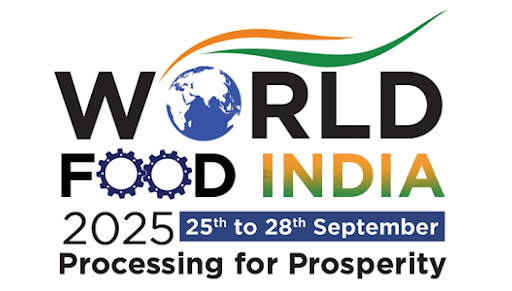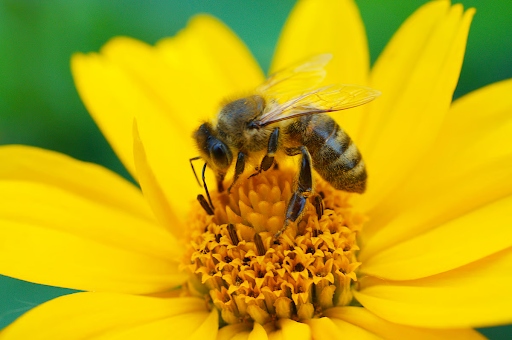Description
.jpg)
Disclaimer: Copyright infringement not intended.
Context
- Agriculture Minister Arjun Munda inaugurated a Krishi Integrated Command and Control Centre (ICCC) set up at Krishi Bhavan in New Delhi, a big-screen dashboard of all digital innovations in the sector.
- Officials described the ICCC as a “significant leap forward” in leveraging technology for the advancement of agricultural practices.
What is the Krishi ICCC?
- The ICCC is a tech-based solution involving multiple IT applications and platforms, which is designed to help in making informed decisions. The centre is housed in the Ministry of Agriculture & Farmers’ Welfare, which is responsible for legislation, policy formation, and implementation of initiatives in the agriculture sector.
- The ICCC uses state of the art technologies such as artificial intelligence, remote sensing, and Geographic Information Systems (GIS) to collect and process large amounts of granular data — on temperatures, rainfall, wind speed, crop yields and production estimations — and presents it in graphical format.
What do we get as the visual output?
- On eight large, 55-inch LED screens installed at the ICCC, we can see information on crop yields, production, drought situation, cropping patterns (geographic region-wise and year-wise) in map, timeline, and drill-down views.
- We can also see the relevant trends (periodic and non-periodic), outliers, and Key Performance Indicators (KPIs), and receive insights, alerts, and feedback on agriculture schemes, programmes, projects, and initiatives.
_1.jpg)
- The ICCC uses platforms including the Krishi Decision Support System (DSS) to collect micro-level data, process it, and present the macro picture.
- The ICCC has a contact centre and a helpdesk facility, with the operator’s handset capable of being converted into a call centre.
- If needed, farmer beneficiaries can interact directly with officials or the Minister through video conferencing facilities.
What is the objective of the ICCC?
- The ICCC will enable comprehensive monitoring of the farm sector by making available at one place geospatial information received from multiple sources, including remote sensing; plot-level data received through soil survey; weather data from the India Meteorological Department (IMD); sowing data from Digital Crop Survey; farmer- and farm-related data from Krishi MApper, an application for geo-fencing and geo-tagging of land; market intelligence information from the Unified Portal for Agricultural Statistics (UPAg); and yield estimation data from the General Crop Estimation Survey (GCES).
- The integrated visualisation of the data will enable quick and efficient decision-making by the The ICCC ecosystem can be linked with the PM-Kisan chatbot going forward.

Can the command and control centre generate individual farmer-specific advisories?
- Going forward, the ICCC can create an ecosystem based on which individual farmer-level advisories can be generated through apps like Kisan e-mitra, a chatbot developed for PM-Kisan beneficiaries.
- The AI-/ machine learning-based system will identify a farmer through his/ her mobile number or Aadhaar, and match it with the farmer’s field information obtain through land records, historical crop sowing information from the crop registry, weather data from IMD, etc.
- It will then generate a customised advisory in the local language of the farmer. For this, the system will use the Bhashini platform that allows translation into several Indian languages.
|
PRACTICE QUESTION
Q. Examine the impact of technology on Indian agriculture. Discuss how innovations like precision farming and AI analytics contribute to productivity, sustainability, and farmer livelihoods.
|




.jpg)
.jpg)
_1.jpg)



